War and Art: How Conflict Has Inspired Creativity Across Centuries
Introduction
War has been an omnipresent force in human history, and throughout the ages, it has shaped not only the political and social landscapes of nations but also their artistic expressions. From ancient epics to contemporary pieces, war has served as both a theme and a catalyst for artistic innovation. In this extensive examination, we will explore the intricate relationship between war and art through various epochs, analyzing how conflict has inspired creativity and reflection across centuries.
Chapter 1: The Dawn of Civilization
1.1 Ancient Art and Warfare
In the earliest civilizations, from Mesopotamia to Egypt, war was a prevalent theme in art. The Sumerians and Egyptians depicted battles on their walls and artifacts, often glorifying military prowess and victories. For instance, the Stele of Hammurabi illustrates the triumph of law and order, but it is also a reflection of the military might of Babylon. Similarly, Egyptian tomb paintings often showcased scenes of warfare as a way to honor fallen soldiers and to prepare for the afterlife, reaffirming the belief that valor in battle led to eternal rewards.
1.2 Epic Narratives
War has been a recurring subject in epic literature as well. Homer’s “Iliad” provides an insightful glimpse into the psychological and cultural impacts of the Trojan War, weaving themes of heroism, honor, and tragedy. This narrative not only illustrates the valor of heroes like Achilles but also delves into the moral quandaries of war, becoming a touchstone for understanding the human experience in conflict.
Chapter 2: The Classical Era
2.1 Greco-Roman Influences
The art of ancient Greece and Rome continued the tradition of depicting warfare in grand narratives. Pottery often featured battle scenes, such as the Panathenaic amphorae, which illustrated athletic competitions alongside warrior depictions, linking physical prowess with martial skills. In Rome, statues like the Trajan’s Column commemorated triumphs in war, representing not just the individual glory of emperors but also the collective might of the empire.
2.2 Philosophy and Aesthetics of War
Philosophers like Plato and Aristotle have commented on the nature of war and its impacts on society, influencing how artists approached the subject. Plato’s “The Republic” discusses the ideals of justice and the role of the warrior, affecting how conflicts were perceived and depicted in art. The classical period laid the groundwork for how future societies would interpret the interplay of warfare and artistic expression.
Chapter 3: The Middle Ages
3.1 Chivalry and Courtly Ideals
The medieval era saw the flourishing of chivalric codes, which deeply influenced art. Tapestries and illuminated manuscripts often celebrated knightly virtues and battlefield valor. For example, the tapestry series known as “The Bayeux Tapestry” chronicled the events leading to the Norman Conquest of England, blending history with artistry and storytelling.
3.2 Religious Conflict and Artistic Expression
Additionally, the Crusades ignited a wave of religious fervor that permeated art. Churches and cathedrals commissioned works that reflected both the spiritual and martial aspects of the era, such as illuminated prayer books that featured warriors. Artists infused these works with symbolism that represented not just the historical events but the psychological and emotional states of individuals caught in the conflict.
Chapter 4: The Renaissance and Baroque Periods
4.1 Humanism and War
The Renaissance brought about a renewed interest in humanism, altering perceptions of war and its representation. Artists like Leonardo da Vinci and Michelangelo produced works that explored not only the glory of battle but also the human condition and suffering it wrought. Da Vinci’s studies of human anatomy were often driven by the gruesome realities he observed in warfare, leading to a more profound exploration of human emotions.
4.2 Thematic Shifts
The Baroque period further evolved this relationship, with artists such as Peter Paul Rubens creating powerful and dramatic representations of conflict in works like “The Martyrdom of Saint Andrew.” These pieces illustrated the chaos and emotional turmoil of war, capturing the duality of inspiration and devastation that conflict brings.
Chapter 5: The Age of Revolution
5.1 Warfare and National Identity
The Age of Revolution prompted a surge of nationalist sentiment that greatly influenced artistic expression. Artists responded to wars of independence and revolutionary fervor, as seen in works like Eugène Delacroix’s “Liberty Leading the People,” which became an emblem of revolution and social justice.
5.2 Romanticism and Emotion
Moreover, the Romantic movement sought to convey the emotional aspects of conflict, emphasizing individual experience and the sublime. The horrors of the Napoleonic Wars inspired artists to delve deep into human suffering, using art as a means of political and social commentary.
Chapter 6: The World Wars
6.1 The Impact of the First World War
The First and Second World Wars fundamentally altered how artists viewed and depicted conflict. The stark realities of trench warfare led to a dramatic shift in artistic expression. Painters such as Otto Dix and George Grosz captured the horrors and absurdities of war in vehement ways, turning art into a vehicle for anti-war sentiments.
6.2 Literature and Trauma
In literature, works like Erich Maria Remarque’s “All Quiet on the Western Front” delved into the psychological effects of war, fostering empathy and understanding among readers. The trauma of conflict resonated in the works of poets like Wilfred Owen, whose visceral depictions of war became poignant commentaries on humanity’s darkest hours.
Chapter 7: Contemporary Art and Conflict
7.1 Postmodern Visions
Contemporary artists continue to grapple with themes of war, often blurring the lines between artistic representation and political commentary. Artists like Banksy use graffiti to address the absurdity of conflict, merging art with activism. His pieces, often found on war-torn walls, speak volumes about the human condition in times of strife.
7.2 The Role of Technology
Furthermore, technological advancements have transformed artistic expression related to war. The rise of digital media has allowed artists to explore themes of conflict in innovative ways, using virtual reality or digital installations to recreate experiences of war. For instance, projects like “The Fallen of World War II” use data visualization to present the human cost of conflict, merging art and statistics to create a more profound understanding of warfare.
Conclusion: The Enduring Legacy
The interplay between war and art is a testament to the resilience of the human spirit. Throughout history, conflict has not only ravaged landscapes and lives but has also inspired some of the most profound artistic endeavors. From ancient artifacts to contemporary digital installations, the legacy of war in art reflects humanity’s quest to understand, cope, and ultimately transcend the chaos of conflict.
This exploration demonstrates that art remains a vital medium for processing the complexities of war, providing a voice to the voiceless and inviting reflection on the nature of humanity. As we look to the future, the relationship between war and art will undoubtedly continue to evolve, reminding us of the enduring power of creativity in the face of adversity.
References
- [Ancient Art by H. W. Janson, 2009]
- [Homers “Iliad”: A Study by B. J. J. B. Edy, 2010]
- [Roman Warfare and Art: A Review by L. B. C. Pliny, 2005]
- [The Bayeux Tapestry Explained by E. D. W. Williams, 2011]
- [Renaissance Art: A New Perspective by M. J. Hurst, 2006]
- [Liberty and Revolution: French Art by R. A. Cohen, 2008]
- [The Traumatic Imagination in War Literature by H. R. L. Smith, 2015]
- [Contemporary Art and Conflict by P. M. Talbot, 2019]
- [War and Art: A Historical Analysis by D. M. Black, 2021]
This exploration serves as both an academic resource and a reflective piece on the intricate tapestry of human experience as narrated through the lens of art, continually influenced by the conflict and challenges of its time.















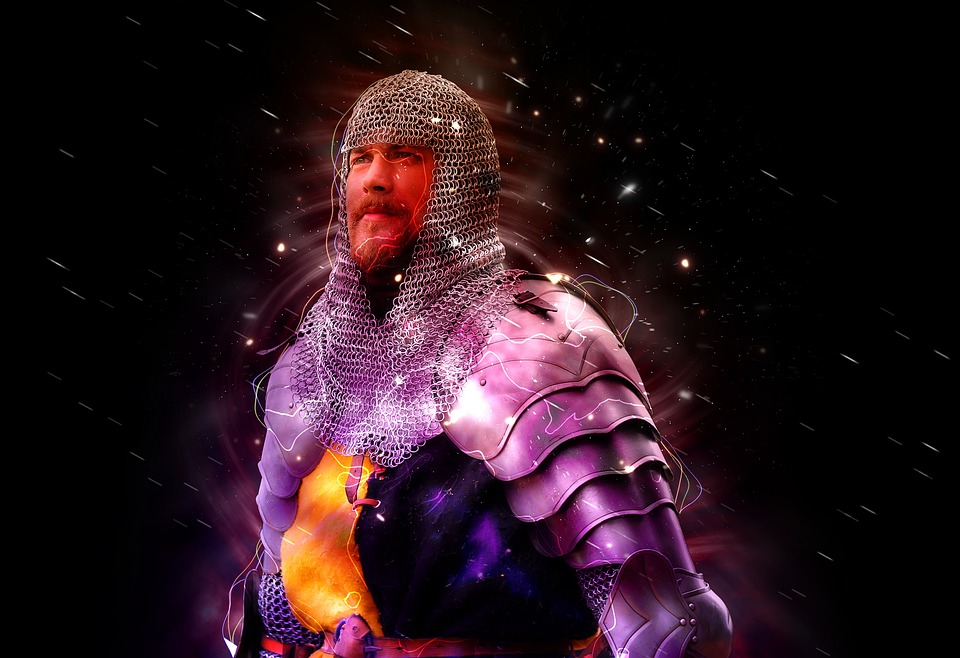
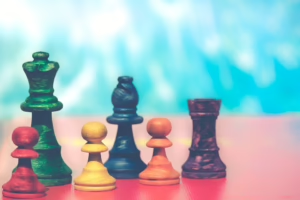
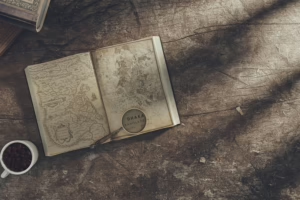

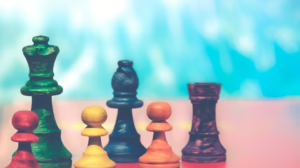
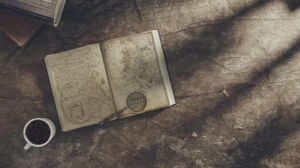





Add Comment